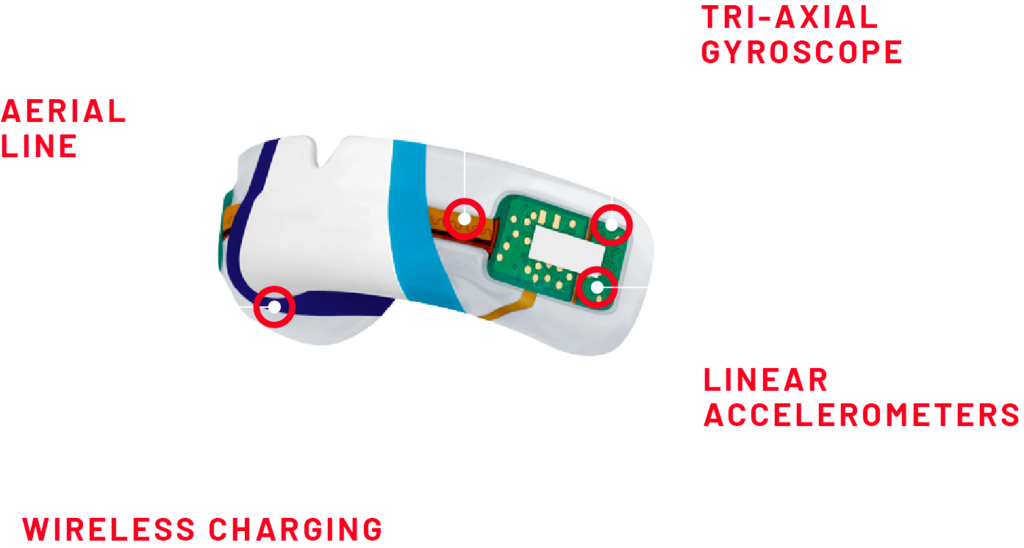Following on from part 1, we now know how to classify contact, its key definition and load variables. When it comes to traditional training load, they are comprised of type, intensity, volume, density and complexity. With our new understanding of what contact is and the associated external demand via ‘contact load’ we can define traditional training variables as follows:
- Contact Type; the activity of contact which is performed or undertaken during sporting competition.
- Contact Intensity; the qualitative component of contact work an athlete completes . Defined on our PROTECHT intensity scale. Work being defined as the magnitude of accelerations over time.
- Contact Volume; the total quantity of contact activity performed in training or competition.
- Contact Density; the frequency or distribution of contact training or contact reps over time.
- Contact Complexity; the physical and psychological demands of performing contact skills and drills.

Training for contact can now be applied more specifically by practitioners ensuring athletes meet and train effectively to the required competition demands. Having the ability to describe contact with a scale that incapsulates both linear and rotational accelerations of the head, we are able to make all recorded events population and sport specific. Much like with movement demands, when looking at contact applied via our PROTECHT intensity scale, the highest volumes of verified contacts occur at the lowest intensity and the highest intensity contacts at the lowest volumes respectively.
What is so important when clarifying contact demands is the clear understanding that each individual contact is different. Unlike running, contact demands are not only affected by the athlete themselves but also their opponents. Variation in the opponent’s movements could lead the athlete applying the same force, timing of said force and same technical position to a previous contact event but obtaining a completely different outcome. So, when Al Pacino quotes ‘life is just a game of inches’ in the film ‘Any Given Sunday’ the difference between a low intensity impact or an extreme one becomes milliseconds or millimetres.


